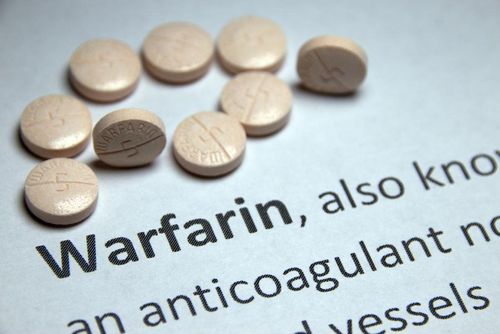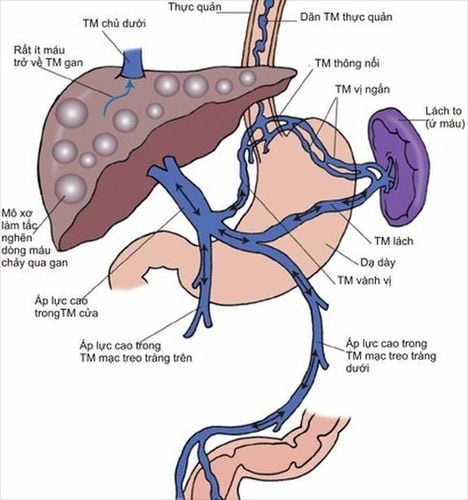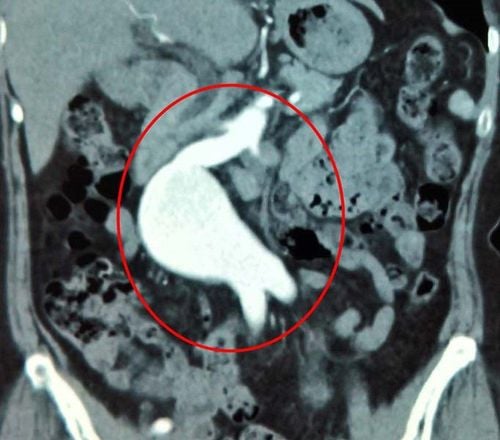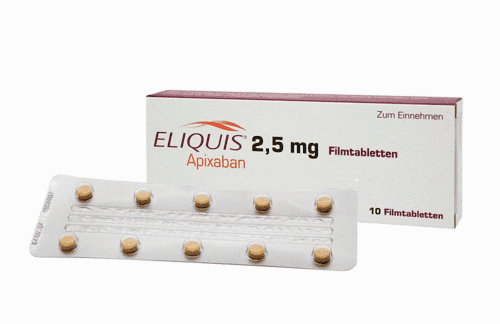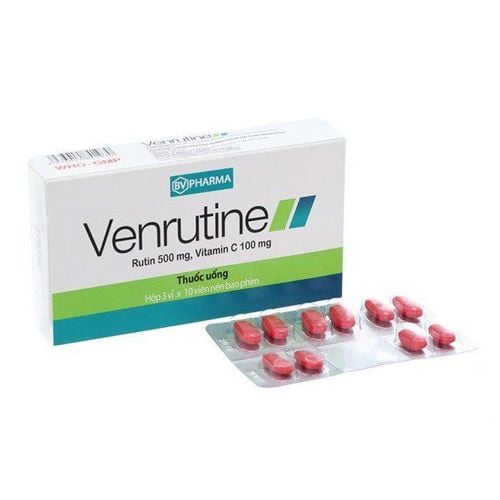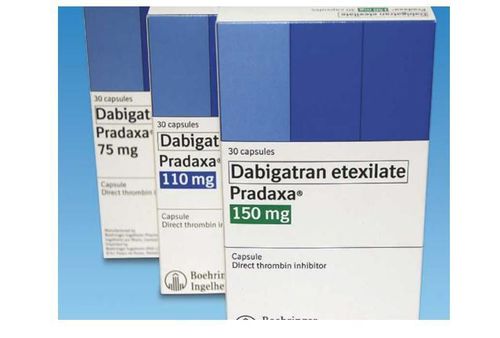This is an automatically translated article.
The article is professionally consulted by Master, Doctor Cao Thanh Tam - Cardiologist - Cardiovascular Center - Vinmec Central Park International General Hospital.Arteries and veins play an important role in transporting blood throughout the body. The arteries pump oxygen-filled blood from the heart to the organs in the body, while the veins carry oxygen-free blood from the organs back to the heart. There are many problems and diseases that can occur with arteries and veins that affect the transportation of blood in the human body.
1. The role of arteries and veins in the body
Arteries and veins together do an important job, they are part of the blood transport system. The arteries carry oxygen-filled blood from the heart to the rest of the body. The veins carry blood that doesn't have much oxygen back to your heart. Low-oxygen blood is pumped from the right heart into the pulmonary artery, which sends this blood to the lungs to refill them with oxygen. The pulmonary vein then returns the oxygen-rich blood to the left heart, and the process begins again.Sometimes arteries or veins become narrowed or blocked and blood cannot pass through them easily. Any slowdown in blood flow prevents your organs from getting the oxygen and nutrients they need to do their job. If blood moves too slowly through the blood vessels, it can pool and form blood clots.
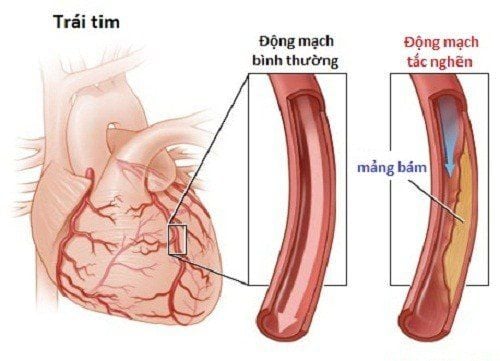
2. Artery and vein problems
2.1. Coronary artery disease You have coronary artery disease when fatty deposits in the walls of your arteries, known as plaque, build up in the walls of your coronary arteries – the arteries that supply blood to your heart. Plaque narrows the arteries, slowing blood flow to the heart, causing symptoms of myocardial ischemia.When a piece of plaque breaks off and settles in an artery, it can completely block blood flow and cause a heart attack - myocardial infarction.
2.2. Peripheral artery disease (PAD) The peripheral arteries that carry blood to your arms and legs. In peripheral artery disease, plaque builds up in the walls of these arteries. As in coronary artery disease, plaque narrows the peripheral arteries and impedes perfusion of the extremities.
If your legs are not getting enough oxygen and nutrients, you will feel pain or fatigue in your legs when you walk or climb stairs. Peripheral artery disease can increase your risk of having a heart attack or stroke.
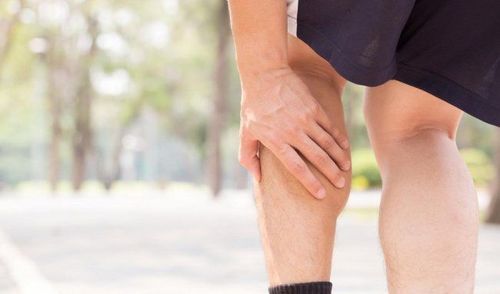
A plaque can break off and form a blood clot. If it gets stuck in a blood vessel to the brain and blocks the flow of blood, it can cause a stroke.
2.4. Cerebrovascular disease Your brain needs a constant supply of oxygen-rich blood to function. Without it, brain cells would die within minutes. Cerebrovascular diseases that limit blood supply to the brain, including:
Stroke Narrowed blood vessels Aneurysms Clusters of abnormal blood vessels are called cerebrovascular malformations.
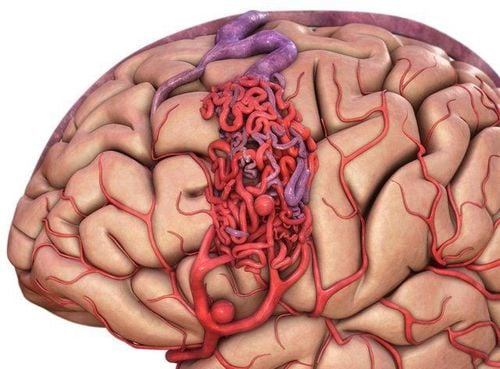
When the blood collects, the veins swell and cause symptoms of varicose veins. Besides, you will also have chronic venous insufficiency if a blood clot damages the venous valve in the leg and you will also have symptoms of venous insufficiency. In these cases, see your doctor if you feel pain, tightness, cramping, or are unhappy with your appearance as a result of this condition.
2.6. Spider Veins Spider veins are similar to varicose veins, but they are thinner. The condition is so named because its pattern looks like a spider's web. You can experience this when blood return in a vein is impeded.
Spider veins can form on your legs or face and are usually red or blue. You're more likely to get spider veins after an injury or a lot of sun exposure. Hormonal changes during menopause or pregnancy can also cause them to form.
2.7. Blood clots When you cut your hand, the damaged blood vessel causes bleeding, and blood cells called platelets plug the hole in the damaged blood vessel with a clot to stop the bleeding. But sometimes, plaque can damage the inside of a blood vessel and cause a blood clot to form there. These blood clots can be harmful and can slow blood flow through arteries and veins. If a blood clot forms in the heart or brain, you could have a heart attack or stroke.
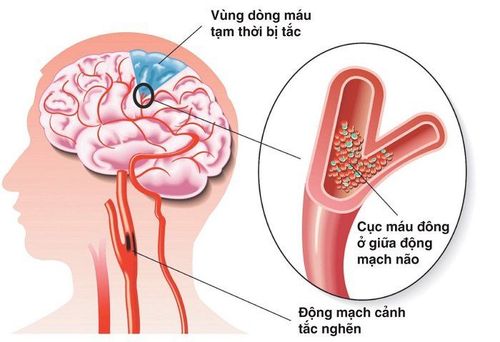
2.9. Deep vein thrombosis (DVT) Deep vein thrombosis is a blood clot that forms in a deep vein, usually in the leg. You can develop deep vein thrombosis if you've been in bed for a long time after an illness or surgery, or you've been on a plane or car for a long time.
Lying or sitting for long hours slows down blood flow. Slow-moving blood can clump together and form a clot. A dangerous complication of this condition is that the blood clot can break into small pieces and travel to the lungs causing a Pulmonary Embolism.
2.10. Pulmonary embolism (PE) A blood clot in your leg can break off and travel to your lungs. When that happens, it's called a pulmonary embolism. Accordingly, a blood clot can block the flow of blood in the patient's lungs.
Without blood, they cannot function as well as they should and cannot get enough oxygen to supply the rest of the body. Pulmonary embolism can cause chest pain, shortness of breath, and dizziness. It can be life-threatening if you don't get treatment right away.
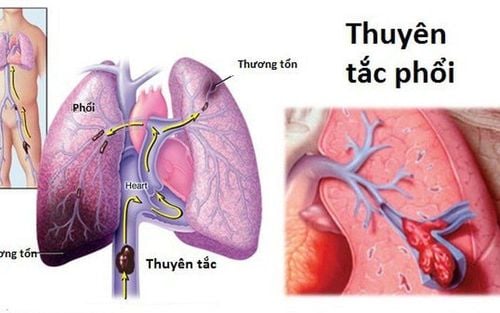
If the artery is overstretched, it can rupture. This can lead to bleeding inside the body, which is very dangerous. Trauma or artery disease can cause an aneurysm.
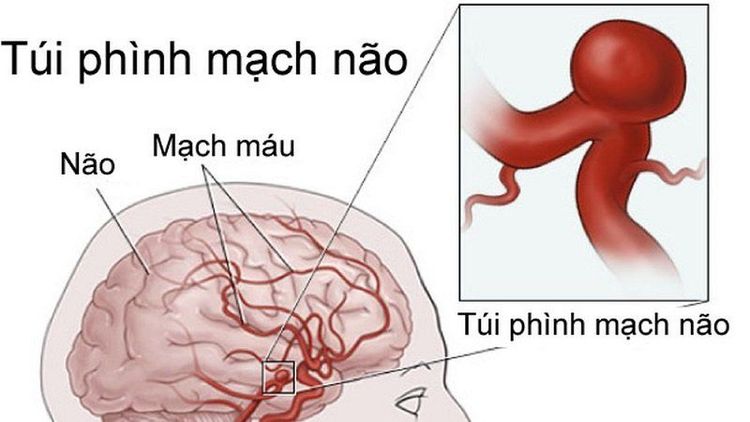
3. When to see a doctor for vein and artery problems
You need to get medical help right away if you notice any of the following symptoms:Sudden shortness of breath Chest pain Dizziness, fainting Heart palpitations Sudden, severe headache Nausea, vomiting Look sudden blurred or double vision Sudden pain above or behind your eyes Difficulty seeing in one or both eyes Sudden weakness or numbness in your face or body Difficulty speaking or understanding other people's words Confusion Confusion .
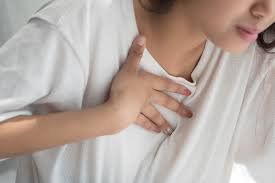
4. How to protect arteries and veins?
To avoid blood clots and other blood vessel problems, take care of your arteries and veins by doing the following:Eat foods low in saturated fat. Exercise most days of the week. If you smoke, quit, as it can damage your arteries. To prevent blood clots, you need to avoid sitting for long periods of time. If you're taking a long flight or car, get up and walk mid-trip to keep your blood flowing. Protecting our arteries and veins is also protecting our health. Therefore, make sure they are always in good health and avoid the risk of diseases.
Please dial HOTLINE for more information or register for an appointment HERE. Download MyVinmec app to make appointments faster and to manage your bookings easily.
Reference source: webmd.com




